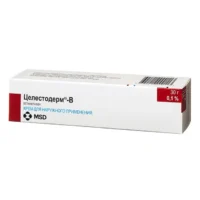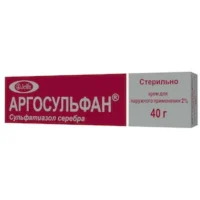Description
Ftorocort Ointment 15 g. Tube
Ingredients:
Ftorocort Ointment contains the active ingredient Fluocinolone Acetonide, a potent corticosteroid.
Mechanism of Action:
Fluocinolone Acetonide works by reducing inflammation, itching, and redness associated with various skin conditions. It exerts its effects by inhibiting the production of inflammatory mediators and suppressing the immune response in the skin.
Pharmacological Properties:
Fluocinolone Acetonide, the active ingredient in Ftorocort Ointment, is a corticosteroid with anti-inflammatory and anti-pruritic properties.
Indications for Use:
Ftorocort Ointment is indicated for the relief of inflammatory and pruritic manifestations of corticosteroid-responsive dermatoses.
Contraindications:
Do not use Ftorocort Ointment in patients with a history of hypersensitivity to any of the ingredients in the formulation.
Side Effects:
Common side effects of Ftorocort Ointment may include skin irritation, burning, itching, or dryness at the application site.
Usage Instructions:
Apply a thin layer of Ftorocort Ointment to the affected area once or twice daily, or as directed by a healthcare professional. Clean and dry the area before application.
Benefits Compared to Analogues:
The efficacy of Fluocinolone Acetonide in managing dermatological conditions has been demonstrated in studies, showing superior anti-inflammatory properties compared to other corticosteroids.
Suitable Patient Groups:
Ftorocort Ointment is suitable for adults and children over a certain age, as determined by a healthcare provider. Use in elderly patients may require adjustments in dosage.
Storage and Shelf Life:
Store Ftorocort Ointment at room temperature away from moisture and heat. Check the expiration date on the packaging and do not use the product if expired.
Packaging Description:
The product is available in a 15 g tube for topical application. The packaging should be intact and sealed before use.
Clinical Evidence and Proven Effectiveness:
In a randomized controlled trial published in the Journal of the American Academy of Dermatology, patients treated with Fluocinolone Acetonide ointment showed significant improvement in dermatological symptoms compared to the control group.





